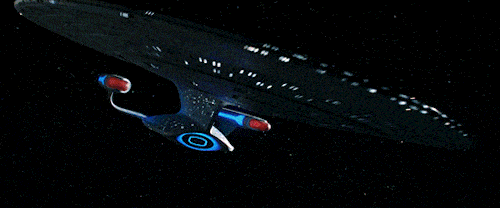How Fast Is Warp Speed In Star Trek?
We go over exactly how fast Star Trek's warp speed is.
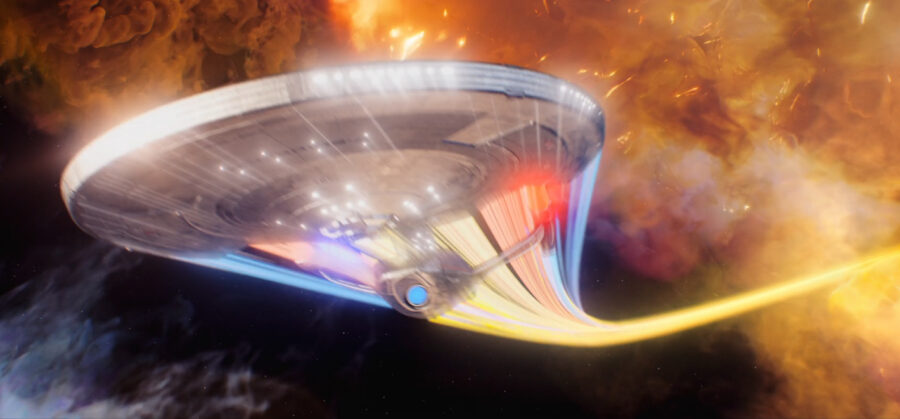
Ever wonder exactly how fast Star Trek ships like the Enterprise, Voyager, Discovery, etc. are going when they go to warp? The short answer is that at its lowest, warp speed is the speed of light, and as the warp factor increases, it surpasses the speed of light. But we can talk a bit more about what that means and how it is achieved in Trek’s fictional universe.
If you’ve ever watched Star Trek, then you’ve no doubt heard the characters refer to the warp drive: this is what makes warp speed possible. The fictional warp technology creates a subspace bubble around a ship, allowing it to reach and exceed the light speed barrier by distorting spacetime around it. How fast the ship goes is determined by which warp factor is selected.
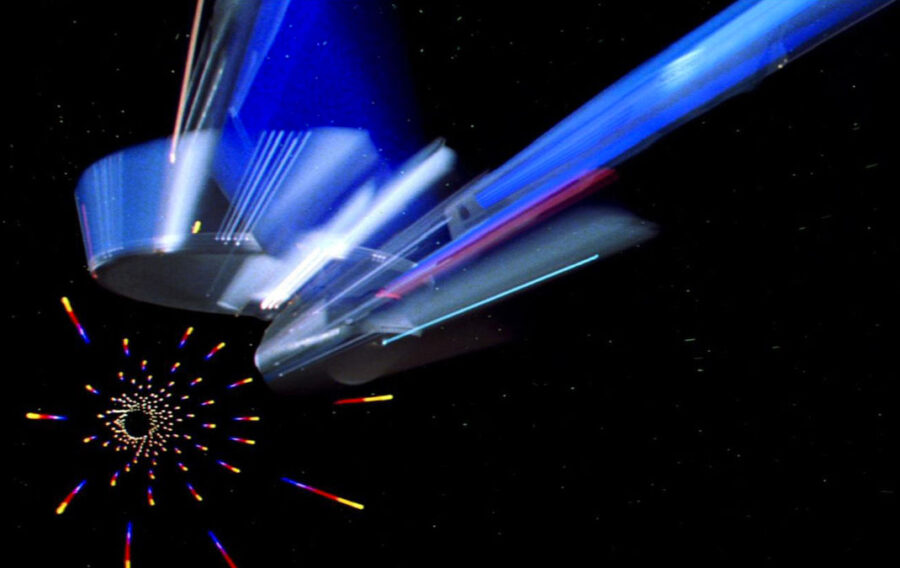
Warp factor 1 is the speed of light which is — depending on which kind of measurement you want to use — 299,792,458 meters per second or 186,000 miles per second. Crank it up to warp factor 2, and you’re going the speed of light times ten. Warp Factor 3 is the speed of light times 39.
It usually can go all the way up to Warp factor 9.99, which is the speed of light times 7,912.
Here’s how it breaks down:
- Warp Factor 1 — Lightspeed
- Warp Factor 2 — Lightspeed x 10
- Warp Factor 3 — Lightspeed x 39
- Warp Factor 4 — Lightspeed x 102
- Warp Factor 5 — Lightspeed x 214
- Warp Factor 6 — Lightspeed x 392
- Warp Factor 7 — Lightspeed x 656
- Warp Factor 8 — Lightspeed x 1,024
- Warp Factor 9 — Lightspeed x 1516
- Warp Factor 9.99 — Lightspeed x 7,912
It would be a mistake to think these numbers are universally agreed upon either in the fandom or even in the source material. The fan-run Memory Alpha has a list with different numbers, and, as their chart points out, different Trek projects have given different numbers themselves. For example, the Season 2 Star Trek: Voyager episode “Dreadnought” lists Warp 9 as being significantly faster than in the Season 7 Star Trek: The Next Generation episode “Bloodlines.”
There is also the warp factor 10, which gets to an inconceivable speed at which you would essentially be everywhere in the universe simultaneously. The speed was previously believed to be impossible, but it was achieved in the Voyager Season 2 episode “Threshold.” But unfortunately, while Tom Paris (Robert Duncan O’Neill) is able to reach warp 10, the experience doesn’t exactly leave him unscathed.
In “Threshold,” Paris’ warp 10 trip has the effect of altering his DNA to the point that he eventually becomes a gator-sized lizard. Because he kidnaps Captain Kathryn Janeway (Kate Mulgrew) toward the end of the episode before once again making a warp 10 trip, she becomes a lizard as well. By the time the Voyager crew finds them, they have — as lizards — mated and produced a small group of young lizards who are ultimately left behind.
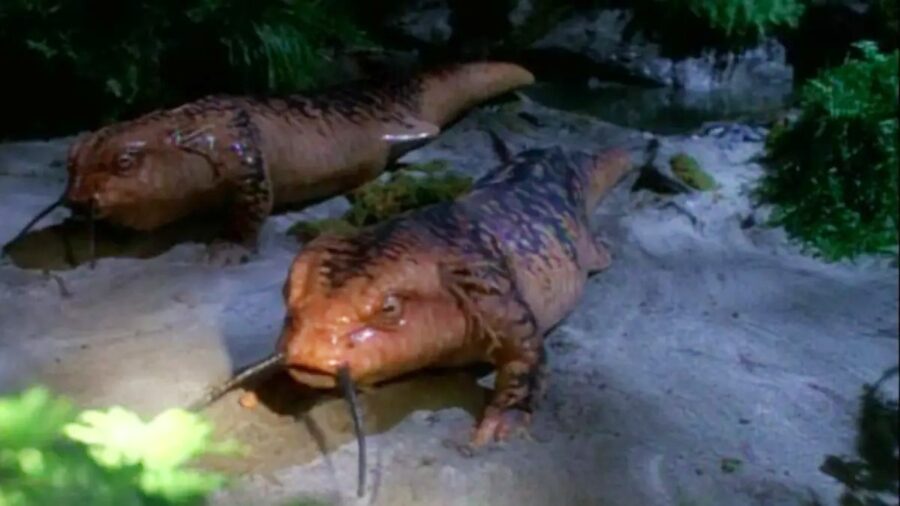
So characters in Star Trek can, technically, go to Warp 10. They just really, really don’t want to.
As for all the streaking that accompanies warp speed travel in Trek — the white streaks that often fly past ships like the Enterprise and Voyager while they are traveling at warp — these are called “warp stars.” There’s never been a full, concrete scientific answer for what they are besides distortions of light. They are not, however, actual astronomical stars.
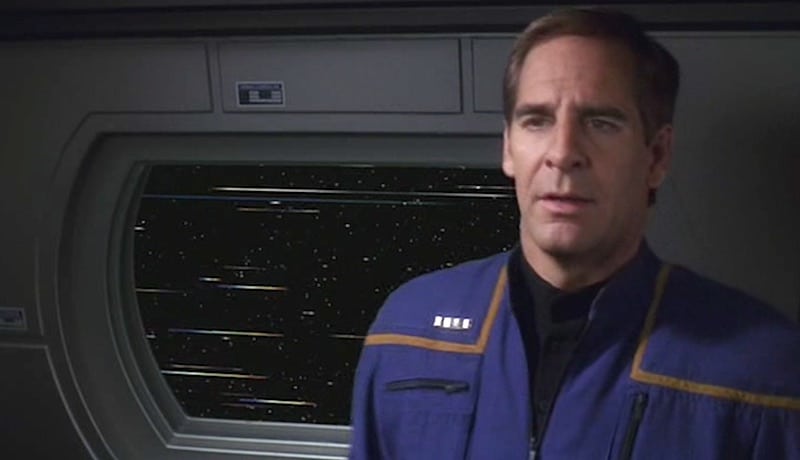
Frankly, when it comes to the different visual effects used to show ships achieving warp speed, “because it looks cool” really seems like the closest you’re going to get to an actual answer. That becomes more of an inescapable reality when you realize there isn’t a lot of consistency between the different warp visual effects in the franchise. Every single one of the Kelvin Trek films, for example, used different visual effects to portray warp travel.
For the only time in the franchise, smoke was made to shoot out of the Enterprise-E’s nacelles when its captain ordered warp speed in 2002’s Star Trek: Nemesis. For TNG, the Enterprise was made to stretch like rubber and snap back on itself when it hit warp.
